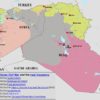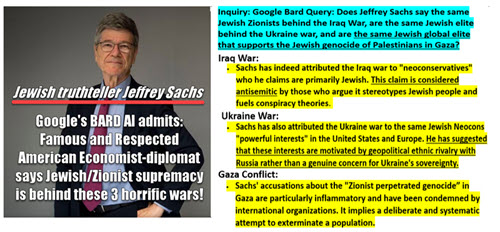Commentary — The information in the article below was revealed as part of the trial that convicted former CIA agent Jeffrey Sterling of leaking classified information to author James Risen. Sterling has been involved between 1997 and 2001 in a CIA plot to feed Iran false nuclear technology in order to waste their time and money (Operation Merlin). Sterling, who is black, was taken off the case and eventually dismissed by the CIA after having brought a racial discrimination suit against the agency in 2000.
Sterling was convicted last month, and during the trial the government revealed much of the details of Operation Merlin. This revelation of involvement of the CIA in Iran’s nuclear program has led to concerns that foreign intelligence agencies may have planted incriminating evidence for International Atomic Energy Agency inspectors to find.
CIA-planted ‘evidence’ may force IAEA review of Iran’s alleged nuke arms program – report
The details of the Central Intelligence Agency operation back in 2000 were made public as part of a judicial hearing into a case involving Jeffrey Sterling, an agentconvicted of leaking classified information on CIA spying against Iran.
“The goal is to plant this substantial piece of deception information on the Iranian nuclear-weapons program, sending them down blind alleys, wasting their time and money,” a May 1997 CIA cable submitted to the court reads.
The intelligence in question pertains to fake designs of atomic components that were transferred to Iran in February 2000.
Now it turns out the International Atomic Energy Agency (IAEA) could be forced to reassess their earlier conclusions regarding Iran’s atomic program, the publication quoted two anonymous Western diplomats as saying. Part of the IAEA’s suspicions about the alleged Iran’s nuclear weapons program relies on information provided by multiple intelligence agencies.
“This story suggests a possibility that hostile intelligence agencies could decide to plant a ‘smoking gun’ in Iran for the IAEA to find,” Peter Jenkins, the UK’s former envoy to the Vienna-based agency told Bloomberg. “That looks like a big problem.”
In the latest quarterly report, the atomic watchdog said that the team of experts is still concerned about Iran’s nuclear intentions, prompting an immediate reaction from Israel.
“The agency remains concerned about the possible existence in Iran of undisclosed nuclear-related activities involving military-related organizations, including activities related to the development of a nuclear payload for a missile,” it reads.
Whether or not the revealed CIA secret will change this assessment remains to be seen, but Tehran has always insisted that its atomic energy program is peaceful.
“This revelation highlights the dangers of reliance by the IAEA upon evidence concerning Iran provided to it by third party states whose political agendas are antithetical to Iran,” Dan Joyner, a law professor at the University of Alabama told Bloomberg.
In response to the news, the IAEA told the publication that it conducts thorough assessments of the information it receives and uses. The CIA has so far failed to comment.
In 2013, Iran agreed to an interim deal with Russia, the United States, China, France, Great Britain and Germany under which Tehran would promise to flatline its nuclear program, in exchange for a loosening of the severe banking and oil sanction earlier imposed by the West.






